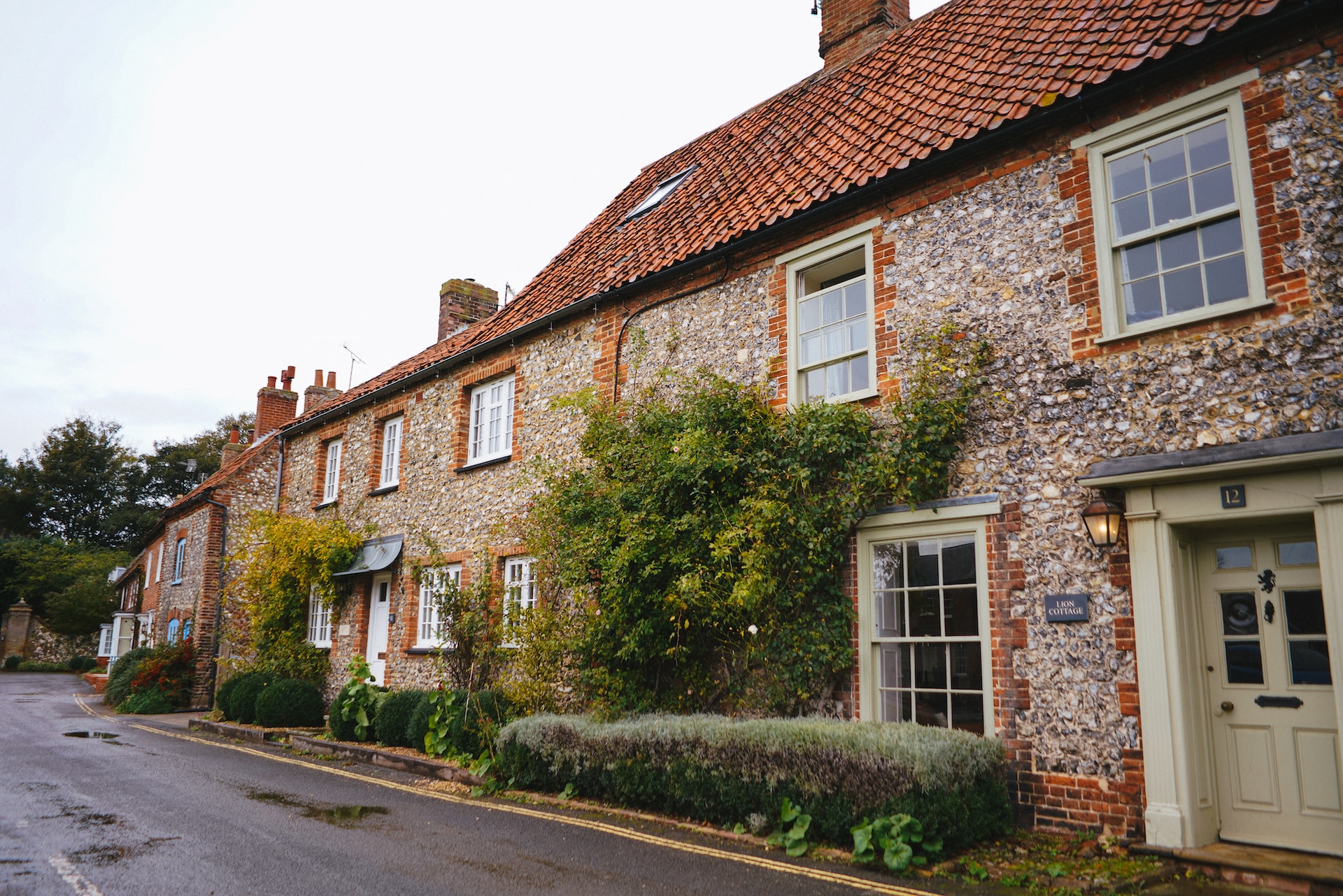In this article, we will explore the considerations and permissions necessary for altering properties located within conservation areas in the UK.
Understanding Conservation Areas
Conservation areas are designated by local authorities to protect and preserve the unique architectural, historical, or cultural qualities of an area. These areas often encompass historic buildings, landmarks, and landscapes that contribute to the overall character and heritage of the locality. The specific regulations and restrictions can vary between different conservation areas, and it is crucial to consult the local authority to understand the guidelines that apply to your property.
How to know if your property is in a conservation area
It is important to conduct thorough research and consult with the appropriate authorities to establish if your property is within a conservation area. One way to begin this process is by visiting the website of your local planning authority. They often provide information on conservation areas within their jurisdiction, including maps and boundaries.
Another valuable resource is Historic England, which offers a wealth of information and guidance on owning historic properties and conservation areas. Their webpage on conservation areas provides valuable insights into the significance of these areas and offers tools to help identify if your property falls within a designated conservation area. Additionally, reaching out directly to your local planning authority or engaging a property lawyer specialising in conservation areas can provide personalised assistance and clarification regarding the status of your property.
Conservation Area Consent
Any alterations or modifications to properties within a conservation area may require Conservation Area Consent in addition to planning permission. This consent is an additional layer of protection for the heritage and character of the area. It is necessary to obtain this consent before undertaking any significant changes to the external appearance of a property, such as alterations to the façade, roof, windows, doors, or boundary walls. Minor alterations, such as repainting or routine maintenance, may not require consent, but it is always advisable to check with the local authority.
Impact Assessment
Within a conservation area, it is important to assess the potential impact on the area's character and heritage. The local authority will evaluate the proposals and assess whether the alterations are in harmony with the existing character and architectural style of the area. Factors such as the choice of materials, design, scale, and visual impact will be considered during the assessment process.
Listed Building Consent
If your property is also a listed building, additional regulations and permissions will apply. Listed buildings are legally protected due to their special architectural or historical significance. Alterations to listed buildings, both internally and externally, require Listed Building Consent in addition to Conservation Area Consent. The local authority, in consultation with heritage agencies, will carefully review any proposed changes to ensure they preserve the building's unique heritage.
Engaging with the Local Authority
To navigate the process, it is crucial to engage with the local planning authority early on. Seek pre-application advice to discuss your proposed alterations and understand the specific requirements and expectations. The local authority can guide you through the process, explain the necessary steps, and provide recommendations to ensure your proposals align with the conservation area's objectives.
Seeking Professional Advice
Navigating these complexities may require professional guidance. Engaging an experienced law firm specialising in property and planning matters can provide valuable expertise and support. Property lawyers can assist in preparing applications, negotiating with the local authority, and ensuring compliance with the relevant regulations. Their knowledge and insights will help streamline the process and increase the likelihood of a successful outcome.
So, can I alter my property when it is in a conservation area?
Altering a property within a conservation area requires careful consideration of the regulations and permissions in place to protect the area's unique character and heritage. Obtaining Conservation Area Consent, in addition to planning permission, is essential for significant alterations. Engaging with the local authority, seeking professional advice, and conducting thorough impact assessments are crucial steps in navigating the process successfully. By adhering to the guidelines and working collaboratively with the local authority, property owners can make alterations that preserve the integrity of the conservation area while enhancing their property in a way that respects its historical significance.
